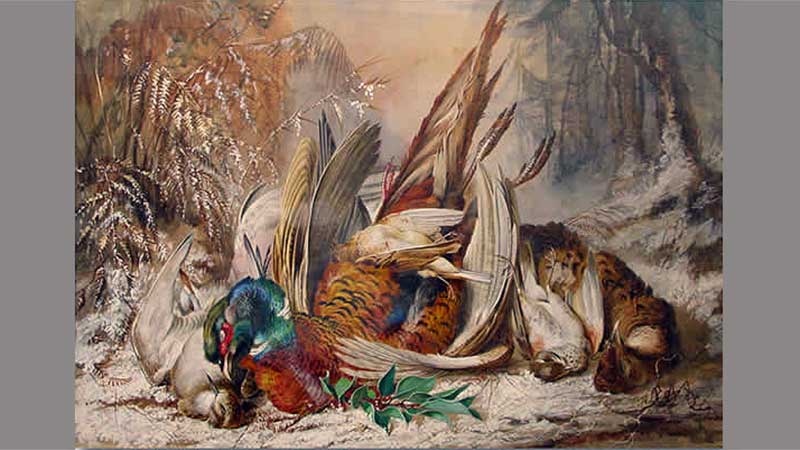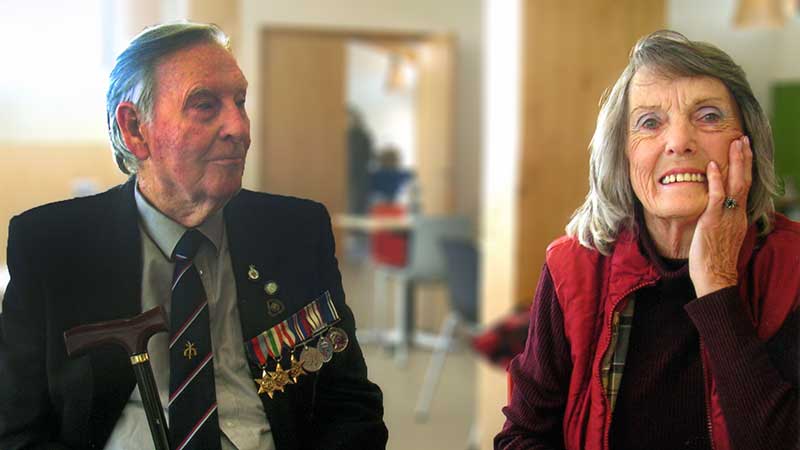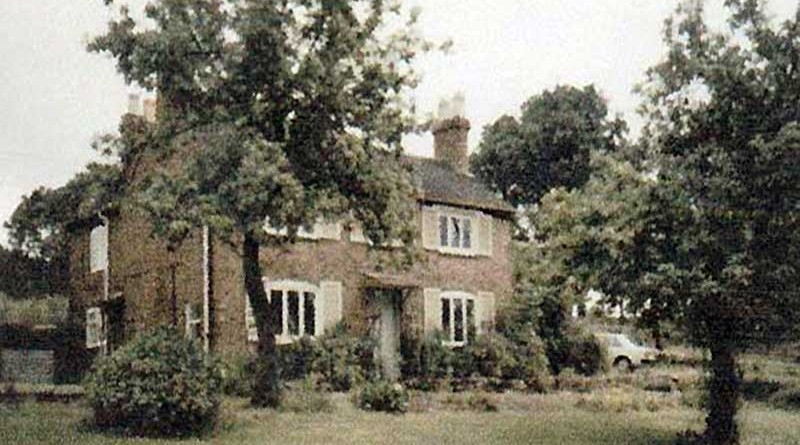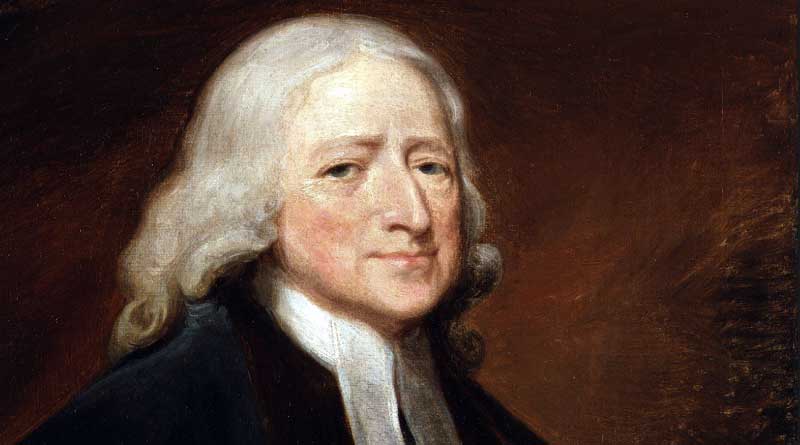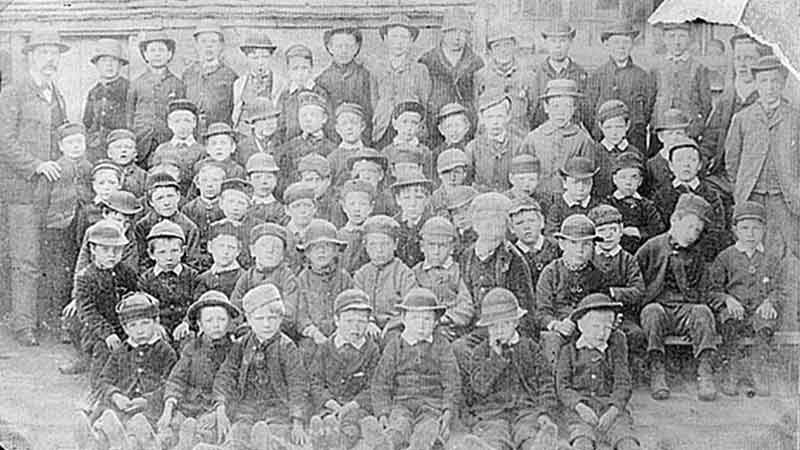-
/
The clock was made by John Whitehurst Senior (1766-1834) of Derby – a notable clockmaker – in 1813. Our clock is a particularly rare example of Whitehurst’s work due to its small size. For the technically minded the clock is a two train chair turret clock consisting of an armchair strike movement with a pin wheel…
-
/
Ticknall Archaeological Research Group is always pleased to welcome new members. Annual Subscription (for the calendar year, including insurance) is £10, £5 for under 16s. To join TARG please email targ.sec@gmail.com for further information. TARG Facebook
-
/
Delilah (known as Dellie) Boswell was born in Wheldon, Northants, in 1800, a member of the well-known Boswell gypsy family. The family were allowed to camp in Calke Park – a rare privilege at a time when the Calke Abbey Estate was a very private place – and were welcome visitors to the Abbey. Delilah…
-
/
William Dexter was born in 1818 in Melbourne, Derbyshire, to parents William Bull Dexter of Shepshed and Jane Smedley of Melbourne. William and Jane were married in Melbourne Parish Church on 4 March 1811. Jane’s parents John Smedley and Mary Toone are buried in Melbourne Baptist cemetery. At a young age William was an apprentice…
-
/
Around three years ago the clock at St Georges Church Ticknall stopped chiming. After several attempts to rectify the problem it was decided that we needed to call in expert help to solve the problem. Smith of Derby is a well known and respected firm of clockmakers and so we consulted them. It was then…
-
/
The 2016 Annual General Meeting of the Neptune Association was held at the National Arboretum at Alrewas. Captain Craig Mearns from the Clyde Naval Base HMS Neptune attended and the meeting concentrated on the search for and discovery of the wreck of the Neptune. A service was held for HMS Neptune and HMS Kandahar at…
-
/
It’s surprising what you can find out from the comfort of an armchair. All manner of weird and wonderful stories can be found in old local newspapers, which can be looked up on the internet. Most present some sort of human interest. And all the more interesting when it involves your own family! Mrs Armitage’s…
-
/
Canadians Jane Roberts and husband Malcolm are in Ticknall exploring the places where Janes ancestors lived and worked in the days when beer, bricks, malt, pottery, coal, lime, bread, tailoring, education and veterinary services (to name but a few) were all sourced locally. Janes ancestors include two prominent locals Rowland Ordish and William Garrard who…
-
/
On a fine, sunny Saturday morning, a number of TARG members gathered at Tadsor, off Coal Lane, for a field walking session. It didn’t take long to set up 8 lanes, each with 4 stints. The ground was so hard we could hardly get the poles and canes in – we really do need some…
-
/
The Ticknall Tramway was a primitive form of horse tramway which was born in the Canal Age and survived long into the Railway Age. For a distance of 8 miles, it wound its way through the rural areas of North Leicestershire and South Derbyshire. As much of this area is woodland or pasture, many remains…
-
/
Might you still have Dexters in your midst in the lanes of Ticknall? The last Dexters to live in Ticknall (or rather the last people named Dexter) were probably Alfred and Helena Dexter who fittingly lived in Dexter’s Cottage until this burned down in the mid 1960s. Dexter’s House (108 Main Street) was built near…
-
/
The Dexter family were in Ticknall from at least the early years of the 18th century. This same family is now spread across the country and across the globe. The name Dexter itself may have died out in Ticknall in the 1960s. But it is a fair bet that their descendants, via the female line,…
-
/
In the year 1739, the Hastings sisters of Ashby were in London for the season, along with many other members of the gentry of the land. They came to hear of a preacher called John Wesley and curiosity took them to Fetters Lane where a group of Methodists were meeting. They were immensely impressed, especially…
-
/
Before our house was built some forty years ago there was, according to local history, evidence of a pottery on the site. Nobody can be sure of exact dates but pottery finds in the garden of our neighbour have been dated to around the fifteenth to sixteenth century. Many people in the village already know…
-
/
Like many properties rescued by the Landmark Trust, Knowle Hill is a fragment, an intriguing memory of something once larger and finer. The fragment here is not just of a building, but also of a most interesting garden. Historical and archaeological research shows that in the two converging valleys which make up Knowle Hill we…
-
/
The band played and church bells rang out on Sunday, 18 May 2014 in honour of one of Ticknalls best known sons Sgt. John Smith VC. Ticknall Parish Council hosted an event to unveil a plaque in honour of Sgt. John Smith VC of the Bengal Sappers & Miners. The plaque is the only one…
-
/
The Ticknall Tramway was a primitive form of horse tramway which was born in the Canal Age and survived long into the Railway Age. For a distance of 8 miles, the Ticknall tramway wound its way through the rural areas of North Leicestershire and South Derbyshire. As much of this area is woodland or pasture,…
-
/
John Smith, the son of a shoemaker, was born in Ticknall in 1814, and lived in a cottage between 57 and 69 Ashby Road. The cottage is no longer on the site, which is now a field between the two houses. John Smith went to India and joined the Bengal Sappers & Miners, and saw…
-
/
Anyone interested in the history of Ticknall School may be pleased to know that a large collection of information and photographs has been collected, recorded and bound into a document by Teresa Johnson. It goes under the title of ‘Happy as Larks’ – this being a quote from one past pupil who summed up her…
Local History

A selection of posts here about the fascinating history of the area.




